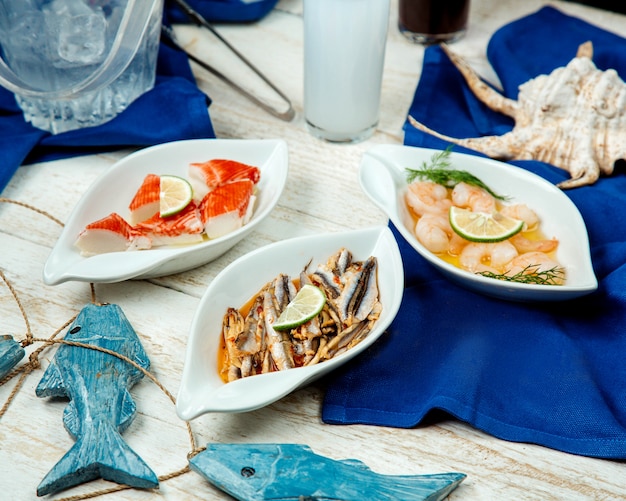
The Mediterranean’s flavors are shaped by its history and landscape, and a cruise offers the perfect opportunity to sample a variety of local specialties. On our cruise with Titan Travel, we discovered that each Mediterranean island we visited had its own unique dishes to offer.
While the food on board was excellent, trying local specialties was a highlight. From myrtle gelato in Sardinia to ricotta cannoli in Florence, and from Pecorino cheese in Sardinia to the flavorful charcuterie of Corsica, the variety was delightful.
If you’re visiting these ports, here are some local food specialties to try and where to find them.
In Sardinia, historically, people moved inland to avoid sea attacks, making meat dishes and charcuterie popular. Sheep are raised in the mountains for meat and Pecorino cheese, which is used in many dishes or enjoyed with pane carasau bread. Local pasta like fregula and malloreddus are also worth trying. Myrtle berries, which grow wild, flavor liqueurs and desserts, including ice cream.
On Corso Umberto I, we enjoyed gelato artigianale at Gelateria Smeralda and GAP. Abbà offers a variety of Sardinian food products and handicrafts, including myrtle-flavored liqueurs, honey, and Torron nougat. For a snack, we stopped at Anticas Licanzias for pane carasau with local sausage and Pecorino.
In Corsica, the cuisine features herbs like thyme, oregano, basil, and mint. Honey varies in flavor depending on the season and surrounding plants. Chestnut flour is used in pancakes, cakes, and polenta. Corsica is renowned for its high-quality charcuterie, with free-range pigs feeding on chestnuts and other woodland delicacies.
We visited L’Oriu di Chera, a deli specializing in Corsican produce, where we enjoyed tasting platters of local sausages and cheeses. In the old town, cafes around the Church of Sainte Marie Majeure offer lovely sea views.
Elba shares many flavors with Sardinia and Corsica, including chestnut flour and honey. The cuisine has a Tuscan influence, with seafood, olive oil, and local wines. The local Aleatico red wine and liqueurs like limoncino are notable. Schiaccia Briaca, a cake made with pine nuts, dried fruit, and Aleatico wine, is a local specialty.
In Portoferraio, we found pleasant cafes and restaurants around the port. In Porto Azzuro, fish restaurants on jetties over the water come to life in the evening. A visit to Napoleon’s villa offers insights into his stay on Elba.
Lucca, a charming old walled town, restricts cars, making cycling popular. The town features attractive churches, narrow streets, and shady cafes. Local specialties include Buccellato sweet bread and cecina, a chickpea pizza. For edible souvenirs, Antica Bodega di Prospero offers local produce, preserves, and olive oil.
Florence, set among the Tuscan hills, offers a variety of food options. The Mercato di San Lorenzo is a great place to buy foodie souvenirs and try local specialties like tripe or lampredotto. The upper level of the market has a restaurant hall with a variety of food stands. For a delicious sandwich, La Prosciutteria is a good choice. For gelato, look for places selling Gelato Artigianale.
Our cruise with Titan Travel was relaxed, with excellent food on board. The Terrace Cafe was our favorite place to start the day, offering a variety of breakfast options. Dinner at the Marco Polo restaurant or the Terrace Cafe was always enjoyable, with beautifully presented dishes.
A cruise not only offers delicious food on board but also the chance to explore the local cuisine of the places you visit. Each place has its own unique flavors, shaped by history and landscape. I hope this taste of the Mediterranean inspires you to discover new and delicious flavors on your next cruise.